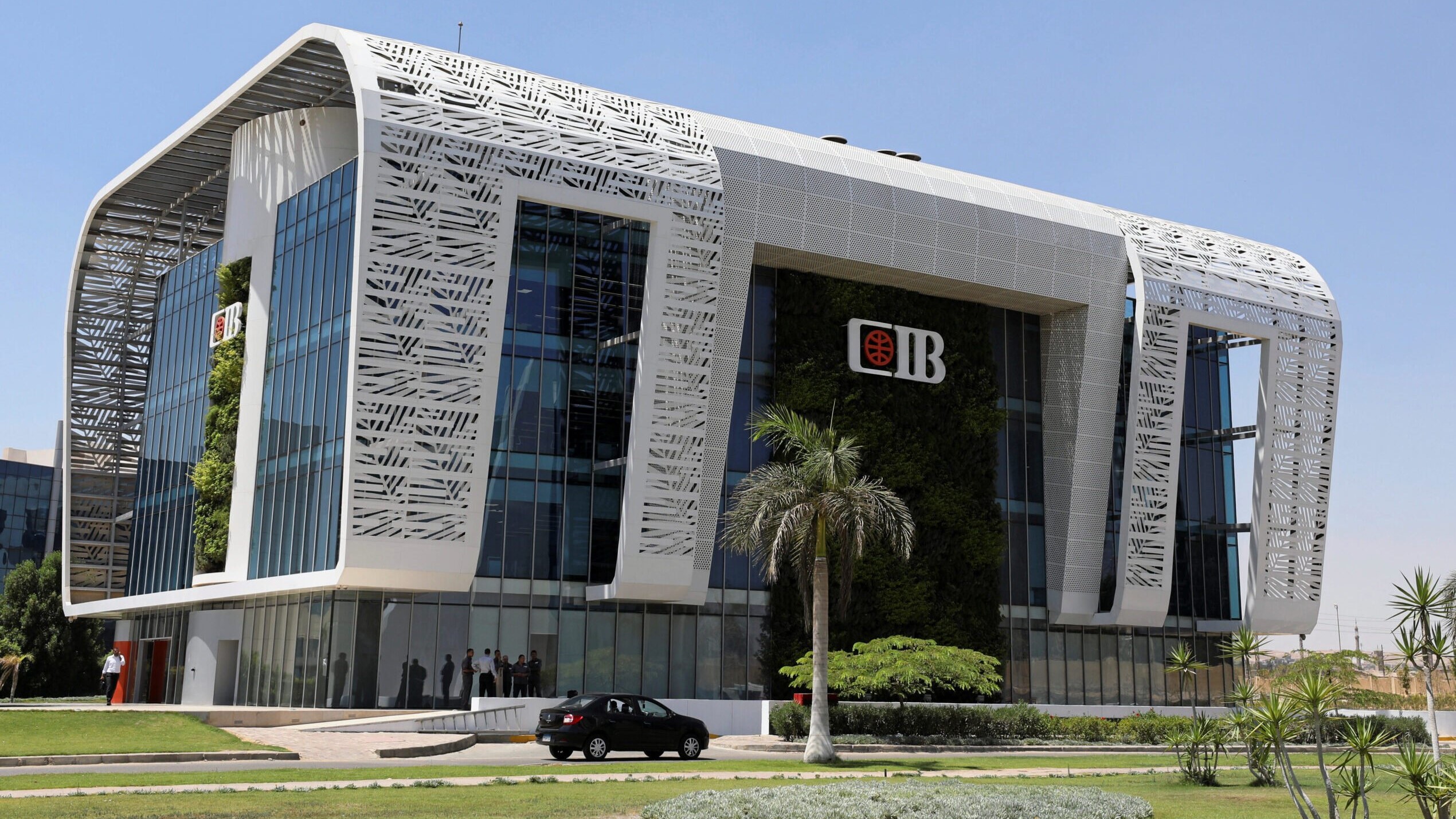The creative industries in Africa hold a massive potential for continent-wide job and GDP growth. This must have been the reasoning behind the launch of The Fashionomics Africa by the African Development Bank (AfDB).
The textile and clothing sector together represent the second-largest sector in developing countries after agriculture. In textiles and clothing, the largest percentage of the workforce is made up of women. What’s more, there is great scope to hire more youth. The African Development Bank (AfDB) approaches the challenge of women and youth unemployment, inter alia, by supporting MSMEs in the creative industries – such as fashion, food and film. By fostering value chain development, the Bank prioritizes, among others, the agriculture and agro-processing industries, given their potential for value addition, and close interactions with the textile, clothing and fashion industries.
The Fashionomics Africa initiative of the African Development Bank, together with the African Union, the AfroChampions initiative, and other institutional partners and private operators, launched the Pan-African Fashion initiative on 9 February during the recent AU meetings in Addis Ababa. Pan-African Fashion initiative is a platform for stakeholder engagement, dialogue, strategy and policies to advance the African fashion industry within the context of the African Continental Free Trade Area (AfCFTA), which aims to remove trade barriers between African nations and thus expand intra-Africa trade by about $35 billion per year. Intra-African imports and exports currently account for just 15 per cent of all trade on the continent.
This partnership will give the African Development Bank, the African Union, the AfroChampions Initiative, the Trade and Development Bank, and other partners the opportunity to inform African entrepreneurs about the expected benefits of the AfCFTA. Many of the 44 AfCFTA signatories are garment-producing countries such as Egypt, Ethiopia, Kenya, Lesotho, Madagascar, Mauritius, Morocco, South Africa and Tunisia. 19 countries have so far ratified the AfCFTA out of the 22 needed for the agreement to come into force.Ethiopian President Sahle-Work Zewde opened the ceremony on 9 February with a speech making the investment case for the African fashion and textile industry, inviting all stakeholders to take action whilst commending the African Development Bank’s efforts to promote the industry through the Fashionomics Africa programme.
The value of the global fashion industry, in which 90 per cent of the businesses are small and medium-sized enterprises (SMEs), is around $2.4 trillion, with an annual growth of 5.5 per cent. Africa accounts for less than 5 per cent of this value, while Asia and the USA share 80 per cent of the market valued at $3 billion. According to the African Development Bank, demand for African textiles and garments is increasing globally, and African patterns are gaining international recognition as fashionable and iconic pieces, with international fashion houses now integrating more and more African influences in their latest collections.
As President Zewde stated: “Globally, Africa’s cultural colours and clothing are increasingly being embraced.”
Fashion is also a unique opportunity for African countries to tell their own stories and collectively project their continental identity. Among the 1.2 billion potential customers in Africa, there is a growing fashion-sensitive middle class. Speaking on behalf of the African Union, His Excellency Albert Muchanga, Commissioner for Trade and Industry, and Treasure Maphanga, Director of Trade and Industry, emphasised the need for a whole value chain approach – from farms to markets. Developing the African fashion industry requires public and private investments at the country and regional levels in order to build the capacity and technical skills of fashion entrepreneurs, develop reliable high-quality supply chains, and improve the regulatory framework.
This will boost the power of African fashion designers, producers and distributors to secure legal protection in their own and international markets. The African fashion industry is a largely untapped sector that requires development and support in order to establish African culture as a vehicle for sustainable development, whilst promoting ethical sourcing. There is a need to harness the new opportunities and challenges posed by the 4th industrial revolution, enhancing automation and digitalisation in industrial production, working with global and African firms to support the development of local content and create jobs. The sector must be developed to open up its potential for revenue, job creation and women and youth empowerment.
Oley Dibba-Wada, the African Development Bank’s Director of Human Capital, Youth and Skills Development summarised the Bank’s objective: “Today’s gathering is a milestone and a recognition of the Bank’s Fashionomics Africa’s ability… to raise the profile of African fashion and engage partners in support of this industry. To develop the African fashion value chain, we need to invest in SMEs, including women-led businesses – we need to support them, help them enhance their skills and competencies. There is no doubt that the talent is here – now we have to give them confidence to conquer new markets on the continent and beyond!
SOURCE: The Exchange

Ethiopia has cleared the way for Safaricom to introduce M-Pesa in the market of 110 million people after deciding to include the ...

Egyptian largest private sector bank by assets Commercial International Bank (CIB) is seeking to acquire more banks to strengthen ...

The European Investment Bank and International Solar Alliance have published a study outlining access solutions to overcome key ...

Kenya has been ranked the top country in the world in reducing population with no access to electricity, pointing to the impact ...